Atmospheric Perspective - The Way to Draw & Paint Landscapes - Ran Art Blog
When drawing or painting landscapes, the atmosphere has an effect on the way we see objects.
If an object is close to the observer, there are not many (relatively) atmosphere particles between it and the observer, and therefore the object looks clear and in focus.
When an object is far away from the observer, there are many atmosphere particles between it and the observer, which scatter light, and change the way the object is seen.
Some effects to pay attention to:
Brightness values
The farther an object is, the lighter it becomes.

Color
The farther an object is, the more its color shifts toward the sky color (on a clear day, when the sky is blue, far objects will shift toward blue).
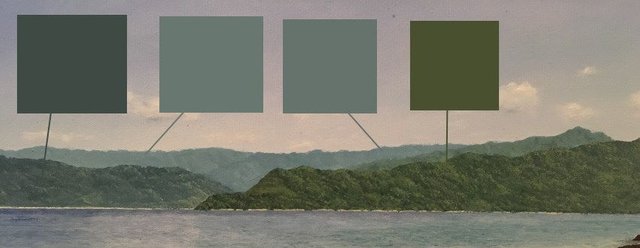
Contrast & Details
The farther an object is, it will have less contrast and details. Gradually becoming one or few brightness values.
The lightest and darkest values are in objects close to the observer (in the foreground).
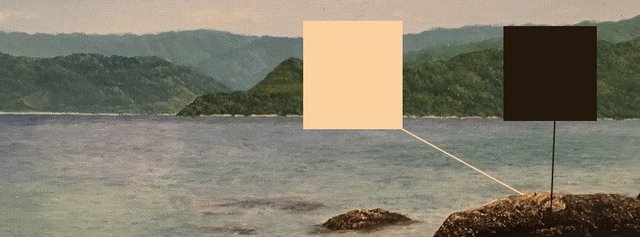
Edges
Objects in the background (far) have soft edges, and look blurry.
Foreground objects look sharp, and have sharp edges.
(Look how soft the mountains are, compared to the boat).
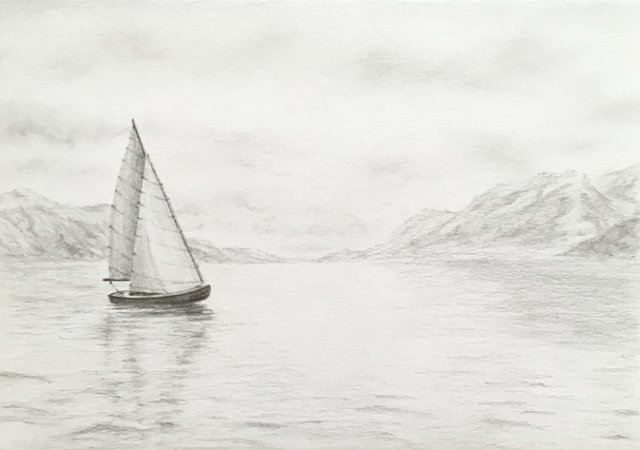
Saturation
Far objects have dull, grayish colors, while close objects have rich colors (not too saturated though, nature is not that saturated. Too much saturation will look cartoonish).
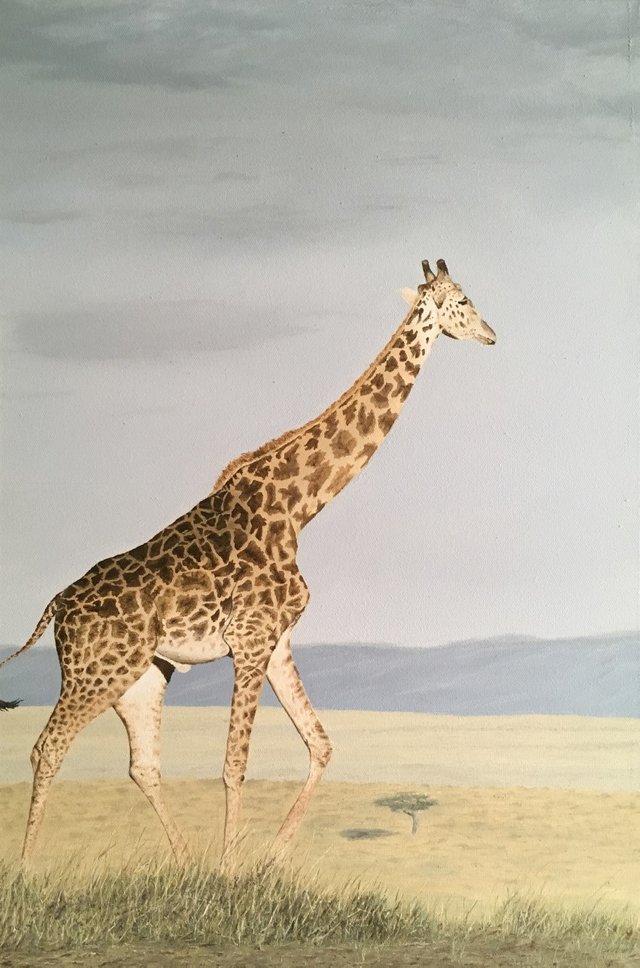
This is part of my guide on linear and atmospheric perspective, which you can find here:
https://ranartblog.com/blogarticle19.html
Artistic License
You can use atmospheric perspective for foreground objects too, a bit like the effect of a camera.
In the next example, even though the birds are close to each other, I made the far bird with less contrast and details, lighter, and with soft edges, to create more depth in the drawing:
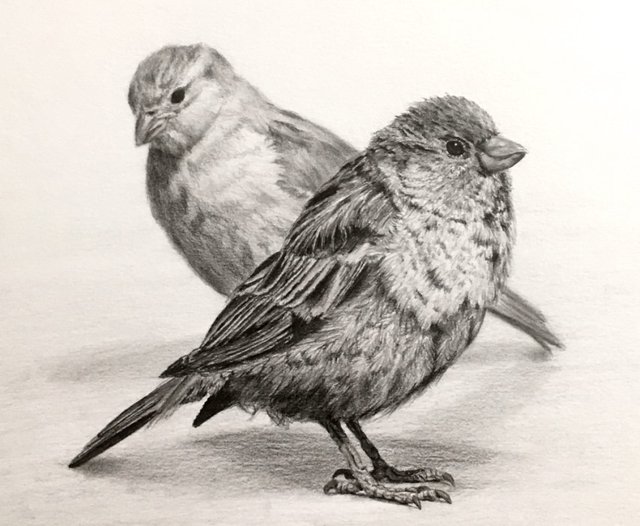
Even for the same object, you can use this effect.
In the next example, I made the back part of the bee less sharp, lighter, with fewer details, and with soft edges:
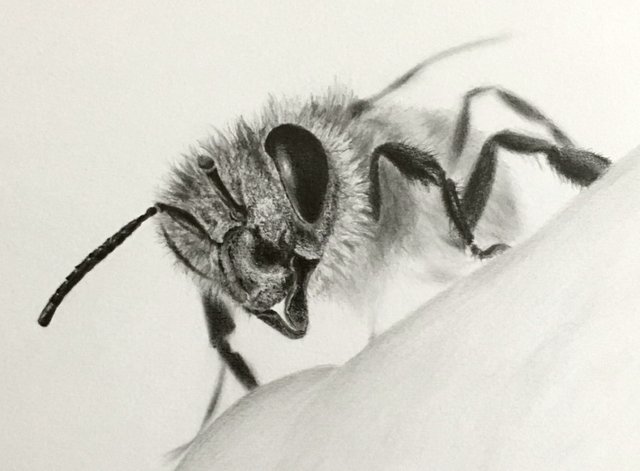
I hope you enjoyed.
If you have questions, I will be more than happy to answer.
Ran
Website: https://ranartblog.com/
Tutorials: https://ranartblog.com/blog.html
Instagram: https://www.instagram.com/ran_art_blog/
Pinterest: https://www.pinterest.com/ranartblog/
I always struggled with the values of objects especially when they are done in monochrome. It is just grey but in reality there are different grade of it. Often people say that using one colour and try different intensity will help to understand the values.
I really enjoyed the tutorial, well done!
Just look at an object (with color) and draw a value to represent at area of the object. Examine your value and that are on the object and ask yourself if yours is darker or lighter.
I suggest look at object with colors (not making them monochromatic), to get used to drawing real life.
Intensity is how rich the color is, meaning saturation. It is different.
Sometimes comics have rich colors, and other man made objects, but nature is not that saturated (except for some flowers and animals with vivid colors).
The most important is to get the value right. Then pay attention to intensity (saturation), and then to temperature and hue.
Everything that you have listed really helps to give an additional volume to a flat drawing or photo. This can be used in post-processing photos when you shoot with a large depth of field (usually on wide-angle lenses) . The photo may look too flat.
The only thing I added is that the object looks more attractive when the overall background is darker than it. But it's not for every plot, of course)
It is tricky with a camera. The lenses are so great today, that they capture much more details than we can actually see.
In landscape, the background usually becomes lighter. But for an object, I agree, dark background gives focus to the object. Unless the object is dark.
Lens manufacturers are struggling to sharpen, I agree, and they are doing well.
But there are many film lenses and lenses from the old film technology. They are much softer and I like to use them.
In addition, you can soften the background by post-processing.
I love the idea that they can see better than the human eye.
For example, when you look at an insect, you can see so many details that you wouldn't see otherwise.
Usually when I see an insect, my first instinct is to call 911 :)
Soon, a guide on drawing insects...
I think it's all about the increase)) Take a microscope...and there will be no limits to your horror))
Gracias por compartir esta publicacion con nosotros, es de gran utilidad .
My pleasure!